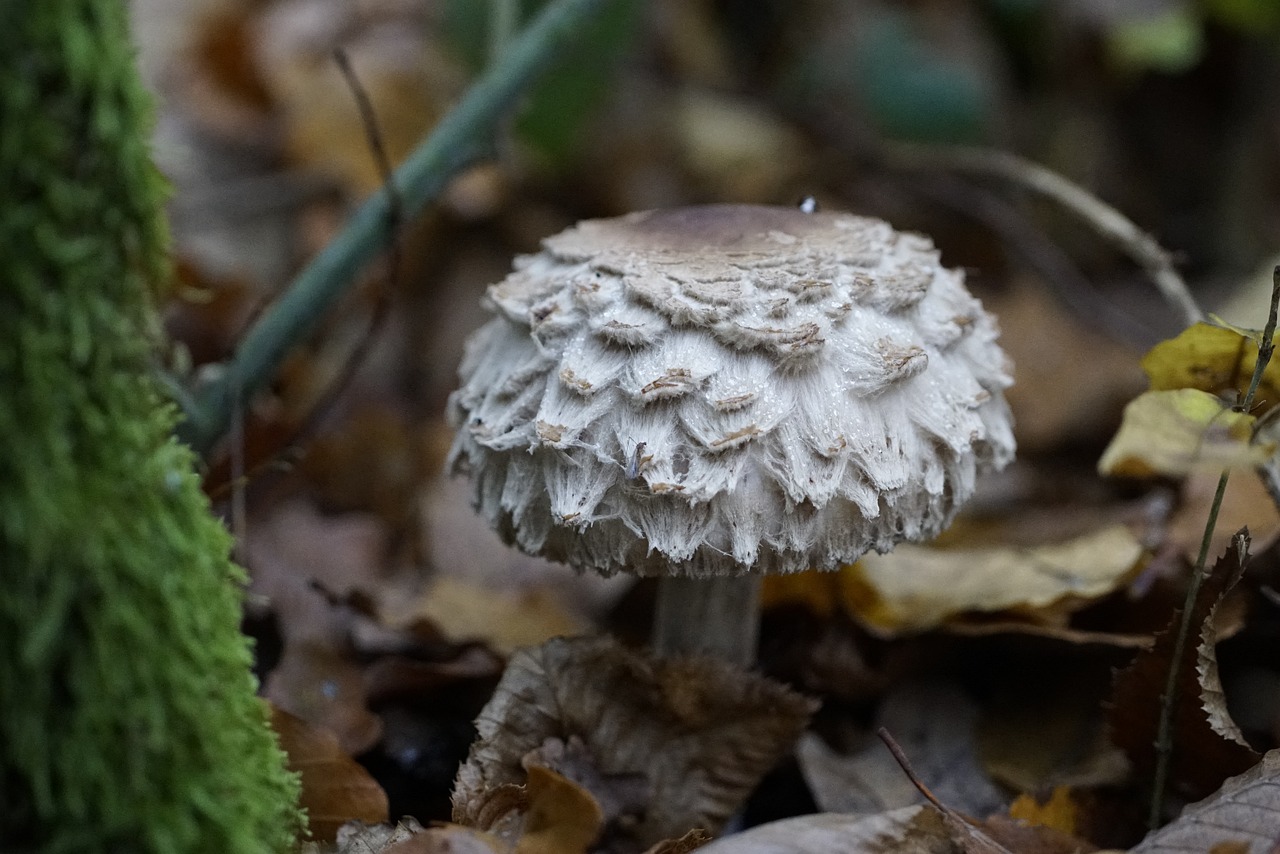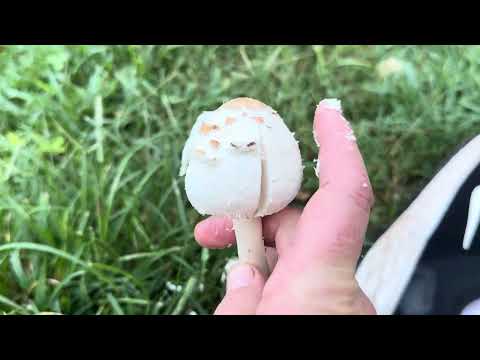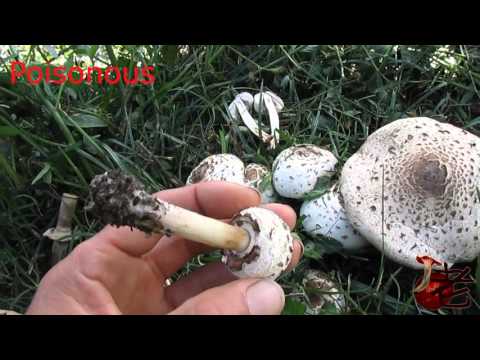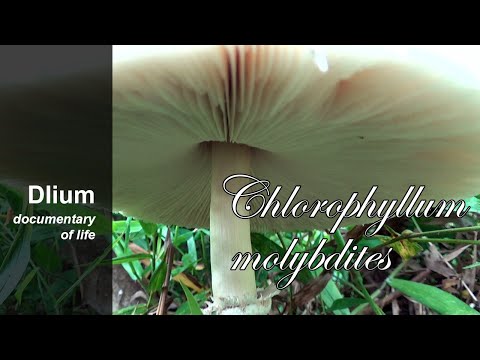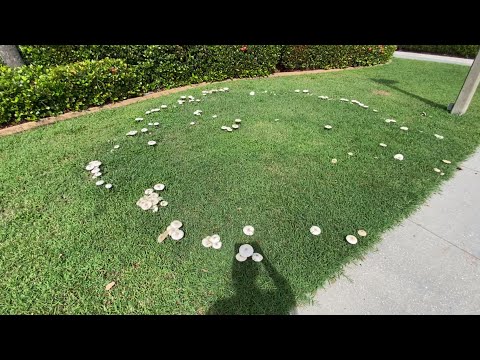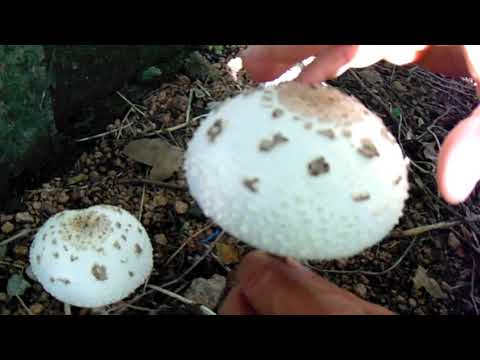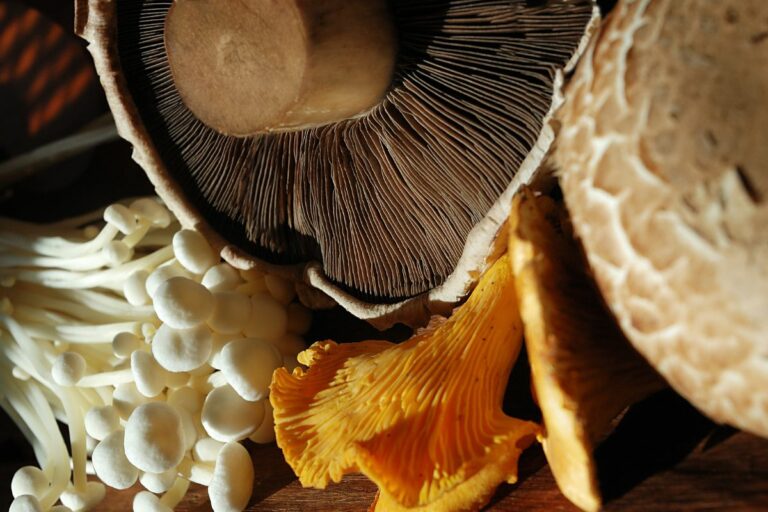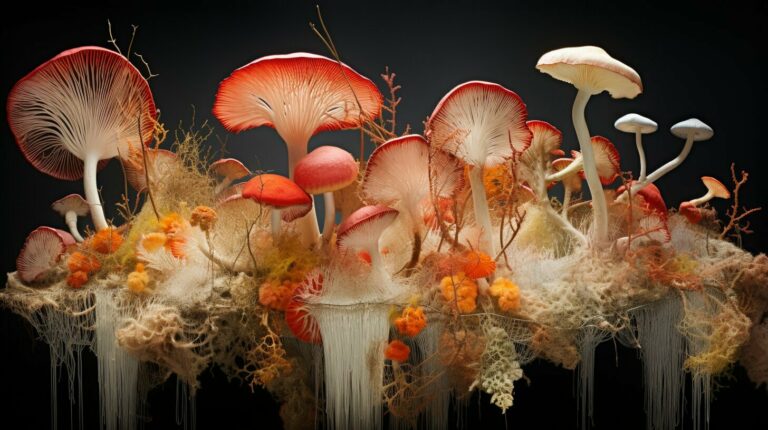Chlorophyllum molybdites, commonly mistaken for the edible parasol mushroom, holds the unenviable distinction of being the most common cause of mushroom poisoning in North America. Its deceptive appearance makes it a frequent target for amateur foraging enthusiasts, leading to undesirable gastrointestinal symptoms upon ingestion. Identifying this species correctly is crucial for public health and safety, necessitating a heightened awareness of its unique characteristics among mushroom pickers.

While Chlorophyllum molybdites does not typically induce life-threatening reactions, its consumption is associated with a variety of unpleasant gastrointestinal effects, such as nausea, vomiting, and diarrhea. These symptoms often manifest within a few hours after ingestion and, though they can be severe, generally resolve without long-term consequences. Such incidents serve as a potent reminder of the importance of accurate mushroom identification and the inherent risks of misidentification.
Despite the negative impacts on human health, Chlorophyllum molybdites plays a role in the ecosystem as a saprobic organism, breaking down dead organic matter and returning nutrients to the soil. Research on this mushroom continues as scientists pursue a deeper understanding of its biology and the mechanisms behind its toxicity. Further education on the identification of Chlorophyllum molybdites is critical in preventing future poisoning cases—a responsibility shared by mycologists, healthcare professionals, and the foraging community at large.
Identification of Chlorophyllum Molybdites
Table of Contents
Chlorophyllum molybdites, commonly mistaken for edible mushrooms, is a poisonous species requiring accurate identification to avoid ingestion. Key characteristics include distinctive cap features, stem structure, and spore color, which aid mycologists and enthusiasts in proper recognition.
Cap Characteristics
The cap of Chlorophyllum molybdites is large and initially spherical, flattening as it matures. Caps may exhibit colors ranging from white to brown, often adorned with reddish or pinkish brown scales on the surface.
Stem Features
The stem, or stalk, of this mushroom is long, oval to cylindrical, and possesses a prominent ring. Stems are typically white and thicken towards the base, supporting the weight of the cap.
Gill Structure
Underneath the cap, the gills of Chlorophyllum molybdites start off as white but become greenish as the mushroom ages. This distinctive green gill coloration can be a critical identification marker.
Spore Print Analysis
A spore print of Chlorophyllum molybdites is essential for identification, revealing a green to greenish-brown color. Both white and green spores can be observed under microscopic examination, further confirming species identification.
Ecological Habitat and Distribution
This species is prevalent in North America, as well as in tropical and subtropical regions. Chlorophyllum molybdites is commonly found in lawns, grassy areas, gardens, and meadows, where it forms fruiting bodies after rain in the warmer months.
Taxonomy and Classification
Chlorophyllum molybdites falls under the Eukaryota domain, the Agaricomycetes class, the Agaricales order, the Agaricaceae family, and the genus Chlorophyllum. It is a species within the Basidiomycota phylum, categorizing it as a complex, macroscopic fungus.
Growth and Development
Chlorophyllum molybdites, commonly known as the green-spored parasol, demonstrates a distinctive growth pattern, where its fruiting bodies develop in specific environments conducive to its proliferation.
Fruiting Bodies and Development
The fruiting bodies of Chlorophyllum molybdites typically emerge in a pattern known as fairy rings. These rings are circular formations of mushrooms that expand outward as the fungus exhausts the nutrients in the center of the circle and continues to grow towards the edges where organic matter is more abundant. The development of these fruiting bodies occurs in stages, starting from small rounded buttons that expand into large, umbrella-shaped caps with prominent green spores as they mature.
Environmental Conditions
Chlorophyllum molybdites thrives in environments rich in organic matter, such as the decaying wood of forests, grassy fields, and lawns. This fungus prefers a warm, moist climate and often grows in clusters, especially after rainfall when the moisture levels are suitable. The ability to grow in a variety of soil conditions allows Chlorophyllum molybdites to be adaptable, yet it primarily flourishes in places where it has access to the organic matter it needs to sustain its growth cycle.
Toxicity and Poisoning Symptoms
Chlorophyllum molybdites, commonly known as the green-spored Lepiota, is a gi irritant mushroom responsible for most cases of mushroom poisoning in the regions where it grows. It contains toxins that are labile, leading to gastrointestinal distress when ingested.
Recognizing Toxicity
This mushroom is recognized as poisonous, with key identifying features such as white gills that turn green, a ring on the stem, and a white or green spore print. Poisoning typically occurs when it is mistaken for edible species due to its similarity to them, especially the true parasol mushroom (Chlorophyllum esculentum).
Gastrointestinal Symptoms
Ingestion of Chlorophyllum molybdites leads to symptoms within a few hours, which include severe vomiting, diarrhea, nausea, and abdominal pain. These symptoms reflect its toxicity as a gi irritant mushroom, causing significant gastrointestinal distress.
Treatment of Poisoning
The primary treatment for Chlorophyllum molybdites poisoning is supportive, focusing on managing dehydration resulting from vomiting and diarrhea. In severe cases, medical intervention may be necessary to replenish fluids and electrolytes.
Effects on Animals
These toxic mushrooms pose a risk not just to humans but also to animals. Dogs, in particular, may suffer from the same gastrointestinal symptoms as humans when they ingest Chlorophyllum molybdites. Care should be taken to prevent pets from consuming these poisonous mushrooms.
Poisonous Look-Alike Species
Chlorophyllum molybdites is often confused with several non-toxic species such as Chlorophyllum rhacodes (shaggy parasol) and C. brunneum, due to the similar cap color and presence of a ring on the stem. These look-alikes, however, do not have the distinctive green spores of Chlorophyllum molybdites.
Mythology and Cultural Significance
Chlorophyllum molybdites, known for its deceptive appearance, holds a unique place in ethnomycology, encompassing a array of cultural and mythological aspects.
Symbolism and Folklore
Chlorophyllum molybdites is commonly known as the false parasol or green-spored Lepiota due to its distinctive green spores. It is often associated with fairy rings, which are naturally occurring arcs or circles of mushrooms that have cropped up in the lore of various cultures. These rings are imbued with mystique and are often seen as a space where the earthbound and the fantastical intersect. Folklore suggests that these fairy rings are the sites of gateways to other realms or where fairies are believed to dance during the night.
In Tlaltenango, Zacatecas, Mexico, the mushroom finds itself woven into the fabric of local highland and lowland people’s cultural narratives. It emerges not only as a species of ecological significance but also as one steeped in tradition and story. Here, myths underscore the mushroom’s role in both spiritual practices and superstitions. This is evidenced in the observation of rituals and the assignation of supernatural attributes to the mushrooms that appear within these enigmatic fairy rings.
It is crucial to exercise caution with Chlorophyllum molybdites due to its toxic properties when ingested; however, this characteristic has also contributed to the mushroom’s mythical status. The visible presence of mushroom circles can captivate the imagination, but their alluring aesthetics belie potential danger, reinforcing their cautionary role in local legend and adding a layer to the cultural tapestry surrounding them.
Mushroom Foraging and Consumption
Mushroom hunting can be a rewarding activity, offering culinary delights and a connection to nature. However, it is crucial to distinguish between edible species like Macrolepiota procera, commonly known as the parasol mushroom, and toxic lookalikes such as Chlorophyllum molybdites.
Edibility and Culinary Uses
Chlorophyllum molybdites, often mistaken for edible species, is inedible and known for causing gastrointestinal discomfort. On the other hand, its edible counterparts, including species like Macrolepiota procera and Chlorophyllum rhacodes, are prized in cooking for their nutty flavors and meaty textures. These species can enhance a variety of dishes when properly identified and prepared.
Identifying Edible Counterparts
A key distinguishing feature of edible Macrolepiota and Chlorophyllum rhacodes is their spore color, with Macrolepiota procera producing white spores compared to the green spores of Chlorophyllum molybdites. Careful examination of cap patterns, stem characteristics, and spore prints is essential for safe identification. Experienced foragers often consult field guides or work with mycologists to learn the subtle differences.
Risks in Mushroom Hunting
The risks associated with mushroom hunting are significant due to toxic lookalikes like Chlorophyllum molybdites, which has led to numerous cases of mushroom poisoning. Foragers should always adhere to the adage, “When in doubt, throw it out,” to avoid the symptoms of poisoning that can result from ingesting toxic mushrooms. Incidents of mushroom poisoning in the Midwest United States underscore the importance of cautious foraging.
Frequently Asked Questions
Chlorophyllum molybdites, commonly mistaken for edible mushrooms, pose significant risks when ingested, leading to gastrointestinal distress. This section addresses common inquiries regarding its identification, effects on pets, management, and necessary precautions.
How can I distinguish Chlorophyllum molybdites from true parasol mushrooms?
Chlorophyllum molybdites can be identified by their green spores, whereas true parasol mushrooms have white to cream spores. Additional morphological differences may include the colour pattern on the cap and the presence of a movable ring on the stem.
What symptoms can occur if a dog ingests Chlorophyllum molybdites?
If a dog ingests Chlorophyllum molybdites, they may exhibit symptoms of mushroom poisoning, which typically include vomiting, diarrhea, salivation, weakness, and liver toxicity in severe cases.
Are there any effective methods for eliminating Chlorophyllum molybdites from my yard?
Removing the mushrooms and their underground parts by hand is an effective way to reduce their presence. Consistent removal before spore dispersal can gradually diminish their occurrence in your yard.
Is Chlorophyllum molybdites commonly mistaken for any edible species?
Yes, Chlorophyllum molybdites is often mistaken for edible species such as Macrolepiota procera due to their similar appearance. Careful observation of spore color and other key identifying features is essential to avoid confusion.
What precautions should be taken if someone ingests Chlorophyllum molybdites?
Immediate medical attention is crucial if Chlorophyllum molybdites ingestion is suspected. Treatment may include activated charcoal, hydration, and supportive care to manage symptoms of mushroom poisoning.
How does the toxicity of Chlorophyllum compare to that of Amanita species?
Chlorophyllum molybdites generally causes gastrointestinal distress, whereas some Amanita species, like Amanita phalloides, are highly toxic and can result in severe liver failure and even death. Identification and avoidance of both are the best preventive measures.

